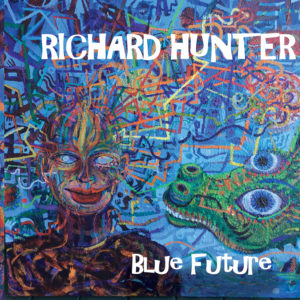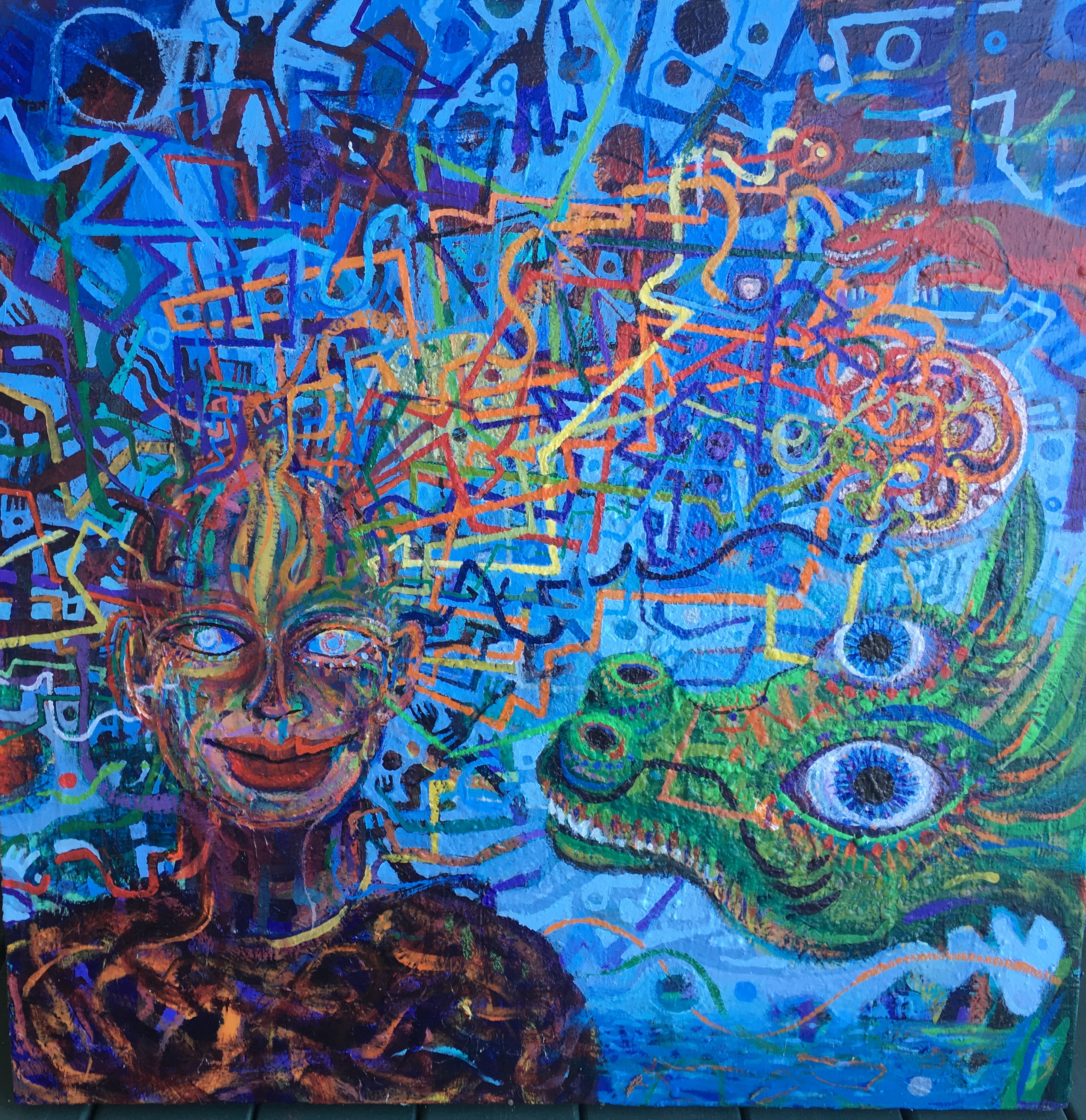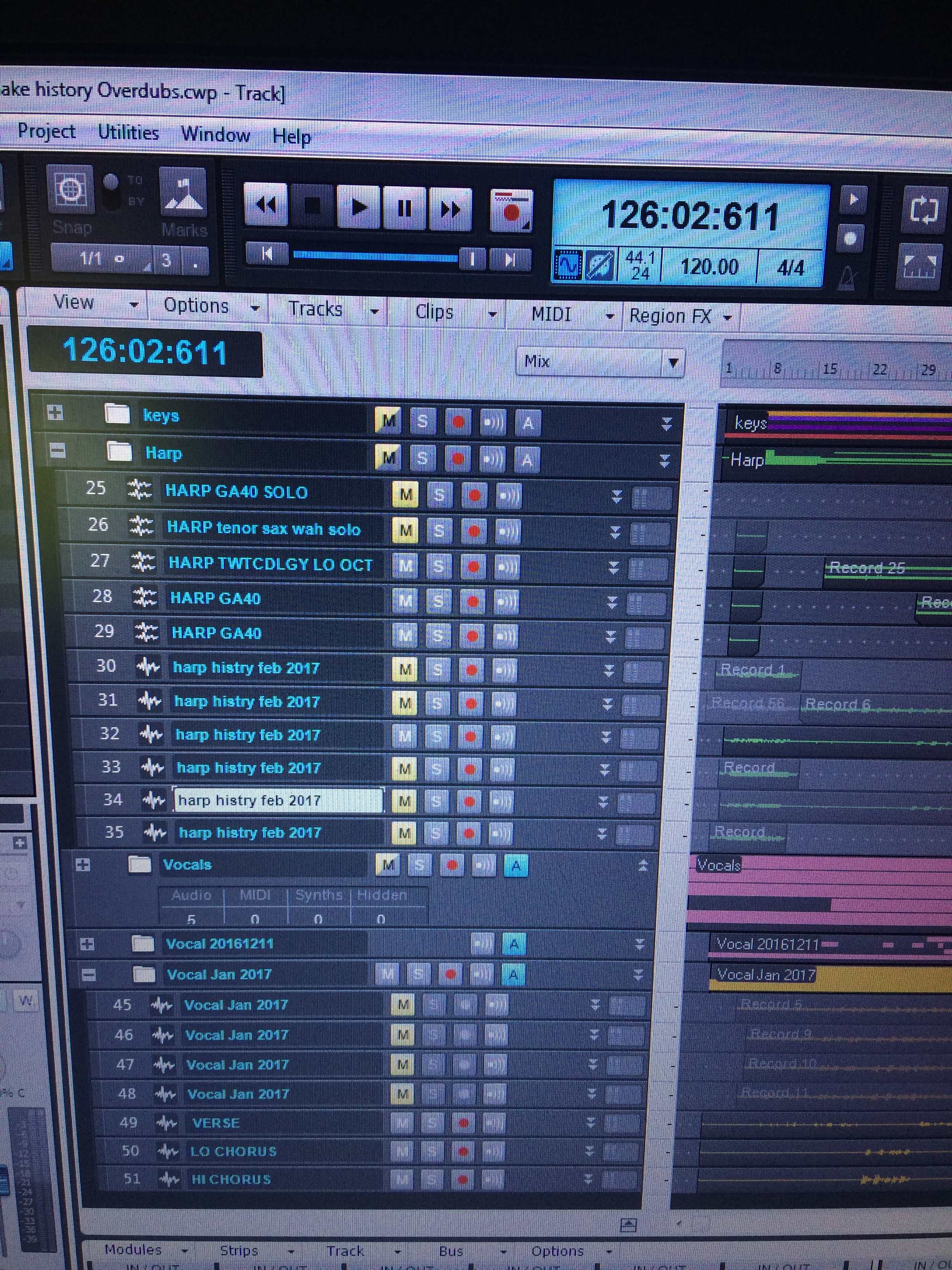
How I Wrote and Recorded “Why Should I Make History”
How I wrote “Why Should I Make History”
Thanks for checking out my series on the harps and FX I used to record “The Lucky One!” If you haven’t heard the rest of the pieces in this series, check the record out on CDBaby.
I’ve been fascinated for years by the paradox that we can mean so much to each other, and yet be invisible to history. That’s what I tried to express in this song. The title can be read either as a serious question or as a sour-grapes comment (as in “why should I bother”). The answer to the question is presented in the fourth verse:
“We all wanna write our names in fire on the sky
“We want someone to know we lived and we died
“We want some kid to say, Man, that could be me
“And be inspired to make history”
Why should I make history? That’s why.
“Why Should I Make History” is the 10th song on “The Lucky One.” Use the double right arrow on the player below to scroll to it and play it if you haven’t already.
How I recorded the harps
The rhythm section for this song was recorded live in studio with Mike Brenner on lap steel, Mark Schreiber on drums, and John Cunningham on bass. I played a throwaway piano part on an electronic keyboard in the studio while I sang a scratch vocal to keep everyone aligned. (In fact, when the rhythm section was recorded, I hadn’t figured out what I was going to play on the harp.)
The first thing I overdubbed in my home studio was a better piano part. I recorded a MIDI track freeform without quantization on a weighted piano keyboard connected to my laptop. I corrected the errors in the MIDI track, editing the MIDI notes by hand, and bounced it to audio using the TruePianos Amber Piano virtual instrument in Cakewalk Sonar, my digital audio workstation. I did the same with the organ part, using the shareware plugin VB3 with a Vox-ish organ setting.
With the keys sorted, I started on the harmonica parts. This was a process of discovery, not just performance–I needed to hear some things before I settled on an arrangement. As per usual, every track was recorded with a Digitech RP500 running my patch set and an Audix Fireball V mic. Most harp parts were recorded with a Seydel Session Steel in C, played in 2nd position (G); one part (the low chorded part described below) was recorded with the same harp playing G and C chords, and a Lee Oskar Melody Maker in D for the second half of the chord structure (D and E minor).
The screen shot shows the eventual lineup of harp tracks on this record (click on the image for a bigger picture); the muted tracks (the ones with big yellow “M”s) are tracks I recorded and either didn’t use or bounced in combination with others.
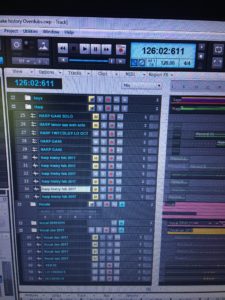
I wound up with a small set of parts that included:
Relatively early on during overdubbing, my son heard this track and commented that it sounded like Springsteen. I think so too. The harps on this tune combine to give an effect of traditional Americana. A low chorused harmonica evokes an accordian, a low amped harp subs for a tenor sax, and an amped-up harp is the voice of traditional blues. Put it all together and it’s old and new–just like Americana.
It’s not always easy to hear exactly what every part is playing in a busy mix, so let me take a moment to note that I used a range of harmonica textures on this piece: full triad chords in the low register of the C Richter and D melody maker harps for the accordion parts, open 5th and 6ths for the C harp in the low and middle registers on the verse fills and backing, octaves in various places, etc., etc. 21st century harmonica isn’t just about effects, much as we like and use them; it’s about exploiting the full range of textures that a harmonica can provide. It all starts there. If you want to hear the kinds of textures I use stripped down to a solo harmonica playing without accompaniment, check out my groundbreaking CD from 1995, “The Act of Being Free in One Act.”
Performing “Why Should I Make History” live: two players will work
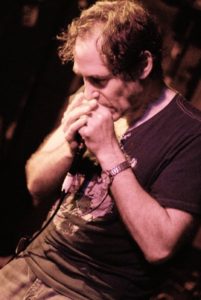
The most important harmonica parts on this piece are the tenor sax-ish harp and the ChampB amped-blues lead, and since they occur together frequently, you need two people to play them (or one person playing a mic into a signal splitter, which then takes the signal to two RPs running in parallel, one with the tenor sax sound and the other with the GA40). If you have two people, the one playing the Tenor Sax Wah parts can also play the accordian-ish parts, since the two never play together. You’ll also need someone to sing the piece, since the harp lines are everywhere behind the vocals, and you can’t sing and play harp at the same time. (Alas.)
This is one of my favorite songs from “The Lucky One,” and certainly one of my best vocals. Enjoy, and get together with a friend to work out some of those horn section lines.
If you liked that, you’ll like these:
the 21st century blues harmonica manifesto in sound
Get it on Amazon
Get it on iTunes
the rock harmonica masterpiece
Get it on Amazon
Get it on iTunes
Tags In
Related Posts
Leave a Reply
You must be logged in to post a comment.
WHAT’S NEW
Categories
- Audio/Video
- Blog
- Blue Future
- Digitech RP Tricks and Tips
- Discography, CDs, Projects, Info, Notes
- Featured Video
- For the Beginner
- Gallery
- Hunter's Effects
- Hunter's Music
- Huntersounds for Fender Mustang
- Meet the Pros
- More Video
- MPH: Maw/Preston/Hunter
- My Three Big Contributions
- Player's Resources
- Pro Tips & Techniques
- Recommended Artists & Recordings
- Recommended Gear
- Recorded Performances
- Reviews, Interviews, Testimonials
- The Lucky One
- Uncategorized
- Upcoming Performances
- Zoom G3 Tips and Tricks
